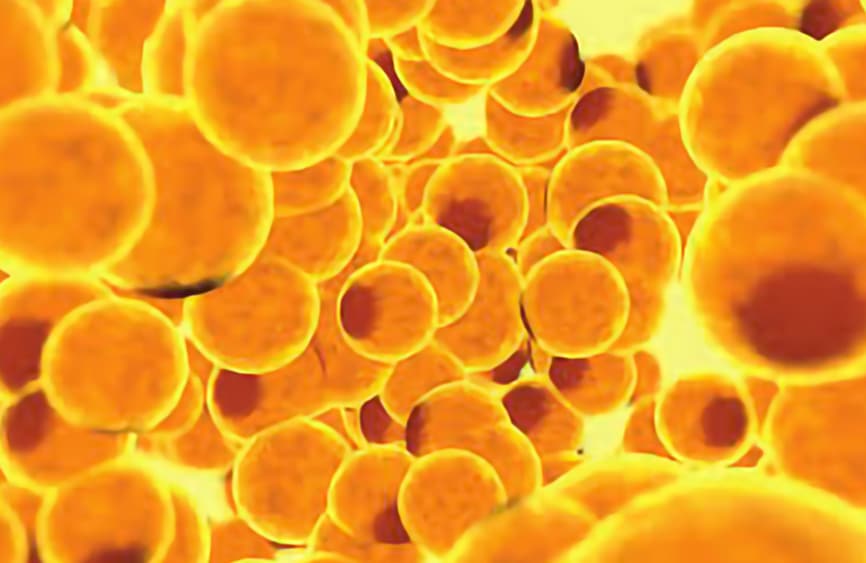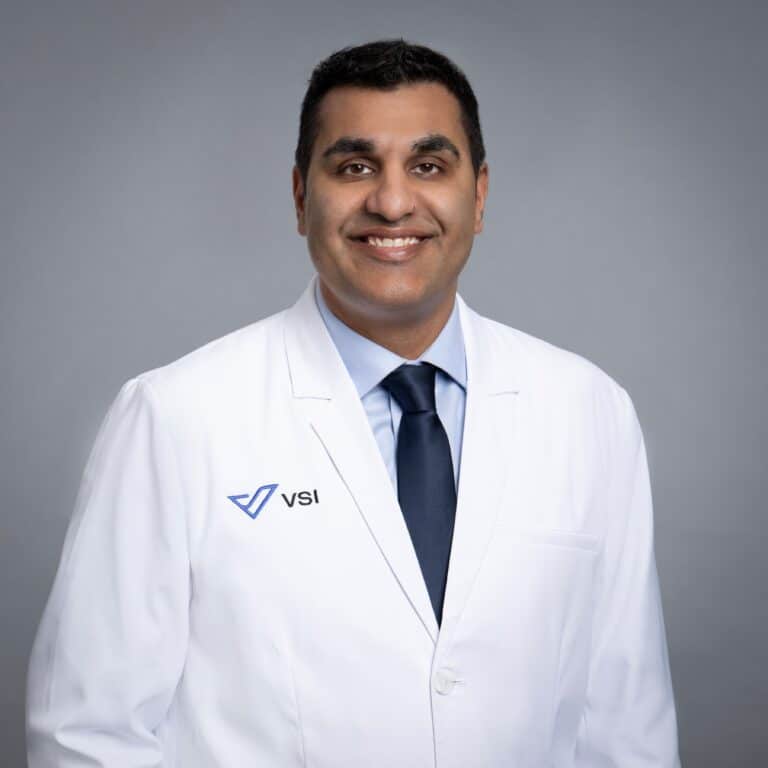
Newest Treatment Options For Degenerative Disc Disease Sufferers!
Lower back pain is the second most common complaint made by patients to their primary care doctors. In fact, it’s estimated that 331 million Americans suffer from lower back pain each year, and 50% of adults will experience at least one day of back pain every year. There are many reasons why we experience lower back pain; however, degeneration of the discs in the spine is the single most common pain generator for pain in our lower back.
Our intervertebral disc sits between two vertebrae, and essentially are the shock absorbers for our spines. Discs provide structural support for the spine and allow the spine and body to move properly. Each disc has a thick fibrous outer layer called the annulus fibrosis as well as a fluid center called the nucleus pulposus. Think of the intervertebral disc like a jelly doughnut: the nucleus pulposus is the jelly and the annulus fibrosis is the doughy crust. The disc goes through normal wear and tear as we age. However, if excess pressure is applied to the disc or if it experiences a traumatic event, those things could accelerate the degenerative process and change the disc’s normal composition; this can result in chronic lower back pain, stiffness, and loss of function.
Disc pain is usually diagnosed with advanced imaging. MRI of the spine is the best non-invasive imaging modality and can better define disc degeneration. Discography can also help determine if the disc is generating pain. This is a test in which the disc is injected with a contrast material that allows the disc to be directly visualized in order to see any tears and/or disc degeneration. If you’re experiencing lower back pain, your clinical symptoms can be helpful in making the diagnosis of disc-related pain. These symptoms include pain that is located in the lower back and potentially radiates into the buttocks.
Unfortunately, treatments for disc pain are limited to anti-inflammatory medication, physical therapy, therapeutic injections, and surgery. Many times, the conservative treatments fail and that results in chronic lower back pain.
Mesenchymal stem cell treatments have emerged as a regenerative medicine treatment that can potentially replenish dying cells and regenerate healthy tissue in the disc.
It is very important to understand that mesenchymal stem cells are NOT embryonic stem cells. Each of our bodies has the potential to regenerate and form new and healthy tissue. Our bodies use mesenchymal stem cells to replenish and regenerate muscles, bone, cartilage, and tendons. Our main reservoirs for mesenchymal stem cells are bone marrow and fat tissue.
With recent advancements in spine care, we are now able to place the mesenchymal stem cells into the disc and regenerate discs that are degenerating and causing chronic pain. Stem cell therapy procedures are safe to perform in our outpatient clinic. This procedure entails a small amount of bone marrow being harvested before the stem cells are concentrated. Then, dynamic x-ray technology is utilized to inject those cells back into the disc.
With stem cell therapy procedures, many people are able to avoid surgical intervention and heal a disc instead of just having their symptoms treated. There is virtually no downtime after a stem cell procedure, and it can completely eliminate lower back pain without the continuous need for injections or pain medication.
Topics covered
About the Author
Featured Resources
Insights to Achieve a Pain-Free Life



